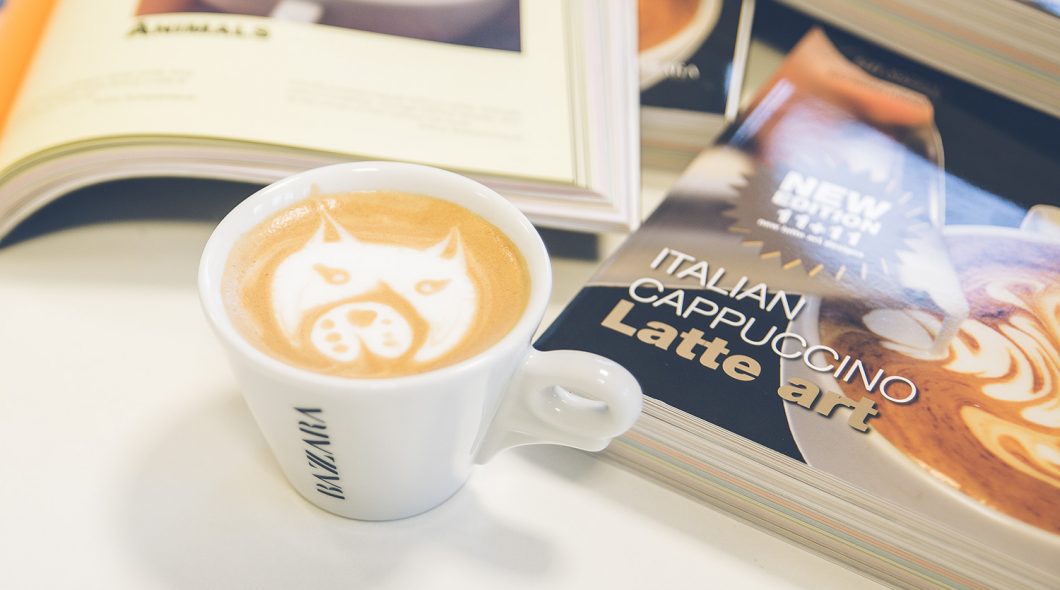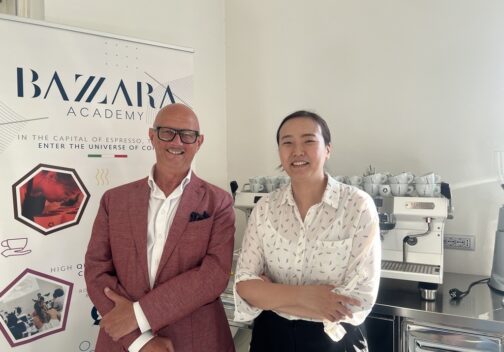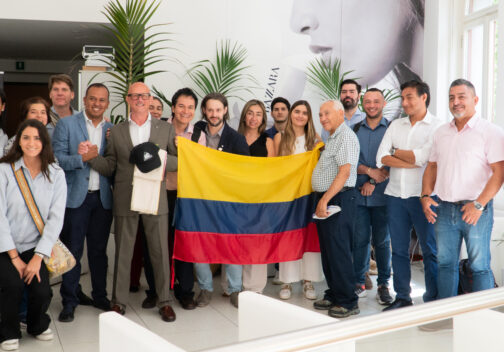The 5 Italian “L” of the Italian Cappuccino

There are some rules to follow to obtain the perfect Cappuccino. They are called the 5 Italian “L” of the Italian Cappuccino: Latte, Lattiera, Lancia, Lavorazione,Latte Art (milk, milk jug, nozzle, processing, Latte Art)
The Italian Cappuccino is among the most known products in the Italian food and wine panorama. Its origins, however, are not really local: allegedly already in 1660. Johan Neuhof, a Dutch Ambassador in China, experimented a new beverage adding a little milk to coffee. Nevertheless, history is written by many people. That’s why another possible ancestor of Cappuccino is Franz Georg Kolchitzky, the man who made possible the liberation of Vienna from the Ottoman Empire.
During the withdrawal of the Turks, many bags of coffee were left in the camps and Kolchitzky tookit as the reward for his heroical actions. The people of Vienna did not like Turkish coffee and so Kolchitzky added to the dusty and black beverage some drops of milk. Besides, he started to filter it, so as it could become more transparent.
Other sources, instead, bestow to a famous French Doctor, Sieur Monin, the creation of café au lait, a beverage made of milk, coffee, and sugar. None of the preparations named above can be linked to our Italian Cappuccino, because none of them was born before the invention of the espresso coffee machine. Cappuccino is the blend of milk and coffee par excellence, but it must be underlined that it cannot exist without a perfect espresso.
The Italian tradition says it is made of 100-140ml of fresh whole milk, perfectly frothed and poured, equally balancing liquid and cream, on 25-30ml of espresso in a 150-200ml cup. The Italian Cappuccino is characterised by the typical brown frame of espresso called “ring” or “crown”.
To prepare the Italian Cappuccino, there are some golden rules to be followed.
1. MilkMilk must always be fresh and cold (4°C). The best is the whole milk, not UHT.
2. Milk JugThe ideal milk jug is a 18/10, with a conic shape and a spout not to tight. It must be always cold and never filled up over the half.
3. NozzleIt must dispense steam constantly, with a pression of almost 1atm.
4. Processing First the milk is frothed until it becomes a cream, then the espresso is prepared while the milk is oxygenating. The spout of the jug must be positioned in the cup, so as to create a vortex flow. The processing begins by frothing the milk almost cold, then it must be warmed until it reaches a pleasant temperature for the palate, simultaneously refining the texture of the cream.
5. Latte ArtTo prepare artistic cappuccino, it is fundamental to have 2 milk jugs, one with a tighter spout and a smaller one to pour the surplus of the cream. Before pouring, milk must be perfectly blended.
To discover all the secrets of the Italian cappuccino, buy our book: ITALIAN CAPPUCCINO LATTE ART
Latest blog entries

From Busan to the Bazzara Academy: two Korean journalists from the Busan Ilbo are company’s guests for an article on the Trieste Coffee Experts summit








